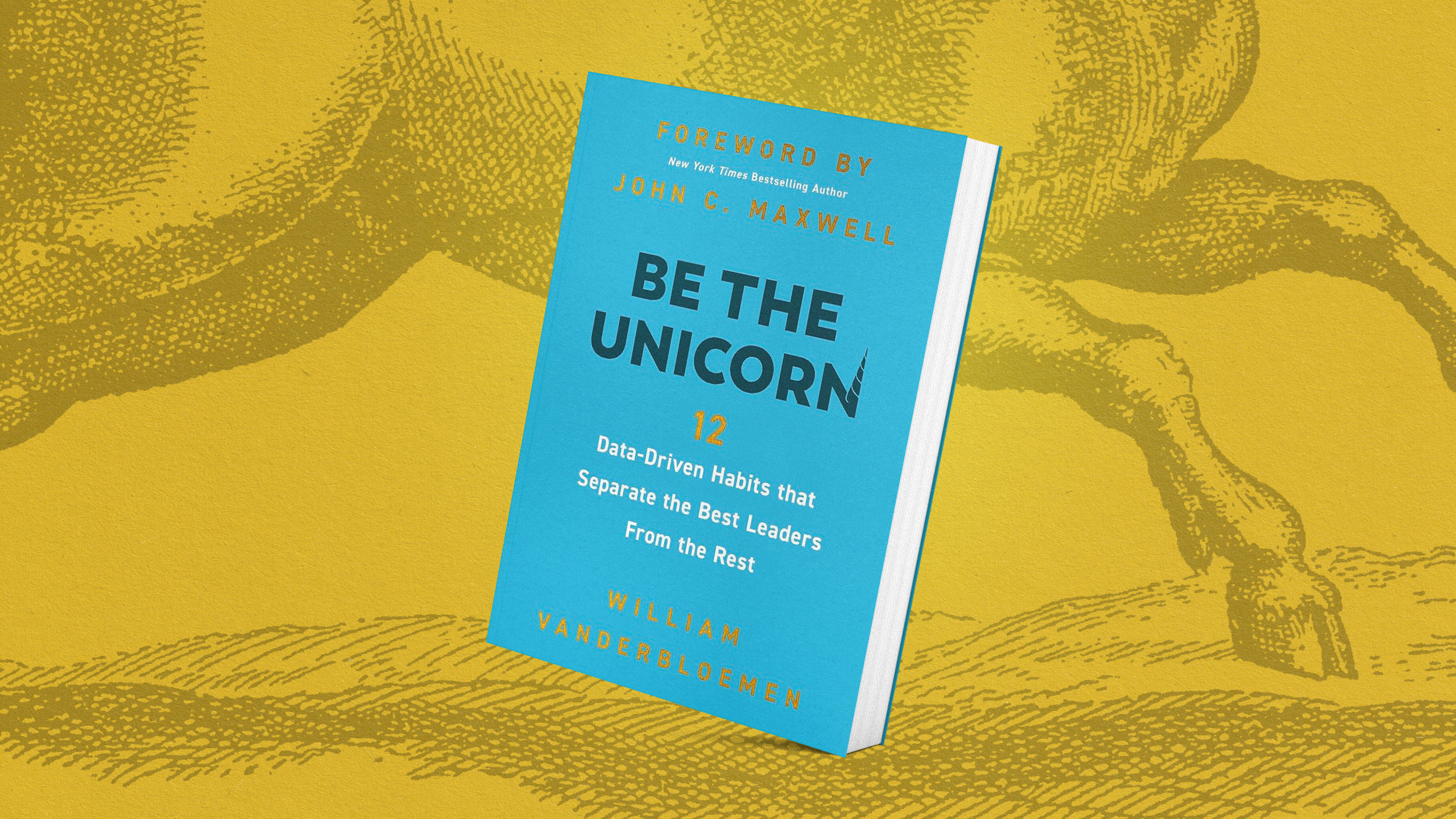How to create a “culture of agility”

- As organizations grow, agility turns into inertia.
- If employees can’t make effective decisions at their level and act on them, leaders are creating a culture of indecision.
- Companies need rethink their approach to decision-driven work by focusing on priorities, information thresholds and objectives.
Agile is often referred to as a project management methodology characterized by dividing tasks into short phases of work. In fact, according to the 15th State of Agile Report, created yearly by Digital.AI, 97% of organizations practice Agile in some form, with 86% of software development teams actively utilizing it.
Yet the original meaning of agile is simply having the ability to move quickly and easily. As organizations grow, agility turns into inertia. Bureaucracy and fragmentation lead to siloed decision making, slowing down company momentum and throttling the ability to respond to environmental changes when needed.
Traditionally, decision-making is a function of leadership, where executives hold a series of meetings to discuss options, followed by an ad hoc flow of emails and presentations. Decisions are frequently delayed, or in some cases, not made at all. Many of our clients at Pragmadik, a nationally recognized change agency, had what their employees proverbially called “The List” — a spreadsheet where issues needing decisions would remain unaddressed for months, and in some cases, years. Employees understood if the decision in question made “The List,” it was likely never going to be addressed.

While there are certain decisions that need to be made at an executive level, there are hundreds if not thousands more which can and should be made by the front lines. If employees can’t make effective decisions at their level and act on them, leaders aren’t preventing wrong decisions, but creating a culture of indecision, avoidance, and trepidation.
Faster and better decision making is a competitive advantage, as it creates a time advantage. When employees can respond more quickly, organizations can capitalize on opportunities the competition will miss. But a company can only be as agile as its least flexible team. To change this, companies need to go about rethinking and retooling their approach to decision-driven work, starting with addressing three critical requirements.
#1 Different priorities
Better decisions start with better categorization and prioritization. When under pressure, employees can perceive all decisions as equal in urgency and importance, causing the process to become overwhelming. Leaders can empower their teams by utilizing an Eisenhower Matrix, grouping decisions into one of four areas — urgent and important; important not urgent; urgent not important; and not important not urgent. President Dwight Eisenhower developed the concept himself and used it to help prioritize and deal with the many high-stakes decisions he faced.
Decisions in the urgent and important category should be made immediately. Decisions that are important but not urgent should be scheduled for a later date. Decisions in the urgent not important section should be delegated to someone else in the organization. Lastly, decisions in the not important not urgent category should be eliminated altogether.
However, we are all susceptible to Decision Fatigue — the idea that after making many decisions, our ability to make more and more decisions over the course of a day becomes worse and less effective. By grouping decisions into priority categories, employees can meter the size and frequency of decisions and therefore, avoid overload.
#2 Information thresholds
Information required for a complex decision is often distributed across silos, which can cause employees to become flooded with enormous amounts of information and conflicting insights. As a result, employees often resort to cherry-picking and oversimplification in their quest for decisiveness.
To ensure employees get relevant and reliable information quickly, reverse the dynamic. Instead of asking what employees know, leaders should ask what they need to know, and whether that missing information is important to the decision. Doing this keeps the focus on “good enough” rather than “perfect,” as perfection can be the enemy of progress.
“Good enough” information and data drives faster decision making. A recent study found that employees who focus on gathering “good enough” information on average make decisions 10 days faster, save an average of 10 hours of meeting time, and improve the outcomes of their decisions by 20%.
#3 Clear objectives
Objectives have long been considered a basis for sound decision making. Employees need clarity on what constitutes a good decision, and defining the decision objectives is a critical part of the process. An objective is the aim — a sought goal. However, many leaders hyper-focus on measuring the results of the decision rather than how the decisions themselves are made.
Therefore, objectives can serve to provide a framework for measuring the quality of a decision itself. As a simple example, a manager overseeing the introduction of a new product may have the objectives of profit-maximization, market share growth, and enhancement of the company’s brand. Using objectives as a guide, the manager can weigh their decision against its impact across those three goals, rather than other organizational interests such as reducing operating costs.
However, there may be cases when objectives conflict. For instance, one objective might center on organizational efficiency, while the other is focused on safety and reducing errors. In this case, leaders must intercede and separate the time-sensitive from the longer-term, considering what is strategically important as well as reframing the objectives so they complement each other rather than conflict.
A stronger culture of agility
Sylvain Filippi, Managing Director of the Formula E racing team Envision Racing says he’s empowered all his employees to make big and small decisions autonomously. “You cannot micromanage a race team because there’s just too much going on. The pace and the volume of work being achieved every week is just mind-blowing.” He goes on to say, “The engineer who’s sitting on the pit wall doesn’t have to ask the COO if we should pit. The decisions that are made all through the organization don’t feed up to one single individual. Everyone is allowed to make decisions up or down the organization.”
Even if you’re not leading a racing team, decision making shouldn’t be isolated to the executive suite. Every leader would agree their organization needs to foster a stronger culture of agility to respond quickly to business needs. Yet creating that culture requires intentional intervention. In a 2019 Gallup study, one in five employees feel strongly that a culture of hierarchy prevents their organization from effectively delegating decision making. It’s your decision whether that changes or not.





